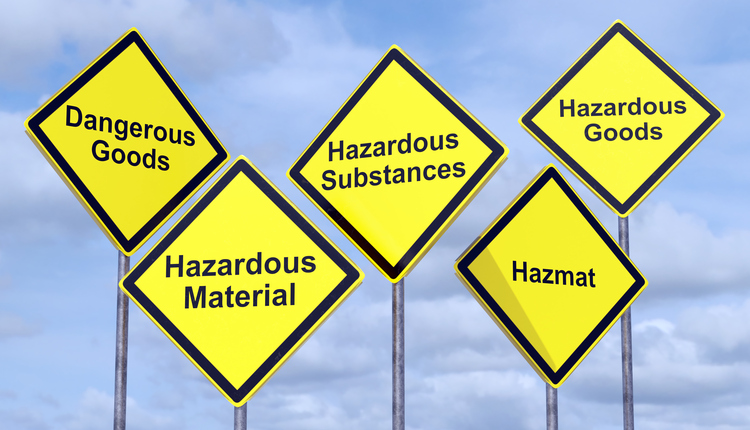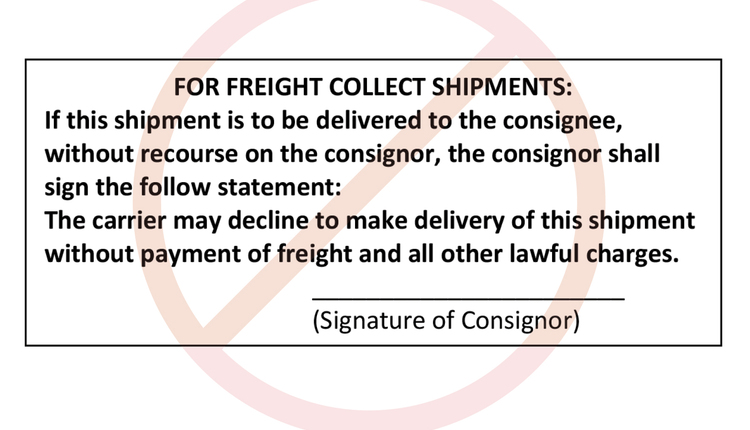In the previous installment of PARCEL Counsel, we considered the first of three relatively recent changes to the National Motor Freight Classification (NMFC). The change which was discussed there was the establishment of a 180 day time limit to submit claims for refunds of duplicate payments. In this installment we will continue this review and look at a provision changing the time limits for providing notice of concealed damage.
Time Limits for Concealed Damage
This column has previously looked at the issue of concealed damage --- most recently in a two part column entitled Damages, Damages, Damages (Part I in the March/April 2014 issue and Part II in the July/August 2014 issue of Parcel Counsel). These columns, and all of the other PARCEL Counsel columns, are archived at the PARCEL website Content Library.
Briefly put, concealed damage refers to damage which could not be discerned at the time of delivery. The concept can also come into play in situations where the damage is readily apparent at the time of delivery, but was not recorded or notated on the bill of lading or delivery receipt. An example of this would be a new dock worker who had not been properly trained…or simple inadvertence.
Until now, shippers had a 15 day grace period to submit a written report to the carrier providing notice of the damage. In such event, the carriers then treat these reports just as though a notation of damage had been made on the bill of lading. It is important to understand what this means…and what it doesn’t mean.
Contrary to what some carriers believe or assert, the failure to submit a notice of damage within the 15 day time limit does not act as a bar to a claim. Rather, the significance of missing the 15 day time period is that the shipper loses the presumption the shipper gets when the damage is notated at the time of delivery, that is, that the damage occurred while the goods were in transit.
This means that in addition to having to establish the condition of the goods at origin, the condition of the goods at destination, and the dollar amount of the damage, the shipper also has to prove that the damage did not occur after delivery. Such a burden would be met by providing evidence through witnesses, internal records, photographs, etc.
The relevant provision in the NMFC has now changed the 15 day period to a 5 day period. The new item reads as follows:
If five (5) business days, or such other period as specified by the carrier, pass between the date of delivery of the shipment by carrier and date of report of loss or damage and request for inspection by consignee, it is incumbent upon the consignee to offer reasonable evidence to the carrier’s representative when inspection is made that loss or damage was not incurred by the consignee after delivery of shipment by carrier.
As many readers might have experienced, carriers are very reluctant to pay concealed damage claims and often will simply deny them without further investigation. The change in provision of the NMFC reducing the time period to 5 days gives the carriers even greater ability to deny claims for concealed damage --- no matter how well established by factual evidence by the shipper.
It is also important to realize that whether the period for giving notice of concealed damage is 15 days or 5 days the failure to submit the notice only, as noted above, adds to the shipper’s burden of proof…but does not, and can not, act as a bar to filing a claim for damage. This is because under the federal statute known as the Carmack amendment carriers cannot establish by a tariff rule a time period of less than 9 months for a shipper to file a claim for loss, damage or delay. Accordingly, when a carrier maintains that a failure to file notice of damage within 15 days, now 5 days, that the claim is then time barred, it is an unlawful denial of the claim.
In the next installment of PARCEL Counsel we will look at a third new provision purporting to require mandatory arbitration when a dispute arises. We will also explain how a shipper can avoid or minimize the adverse effect of these three provisions. So…
Stay tuned!
Related to:
Sept. 21 2015 02:05 PM














